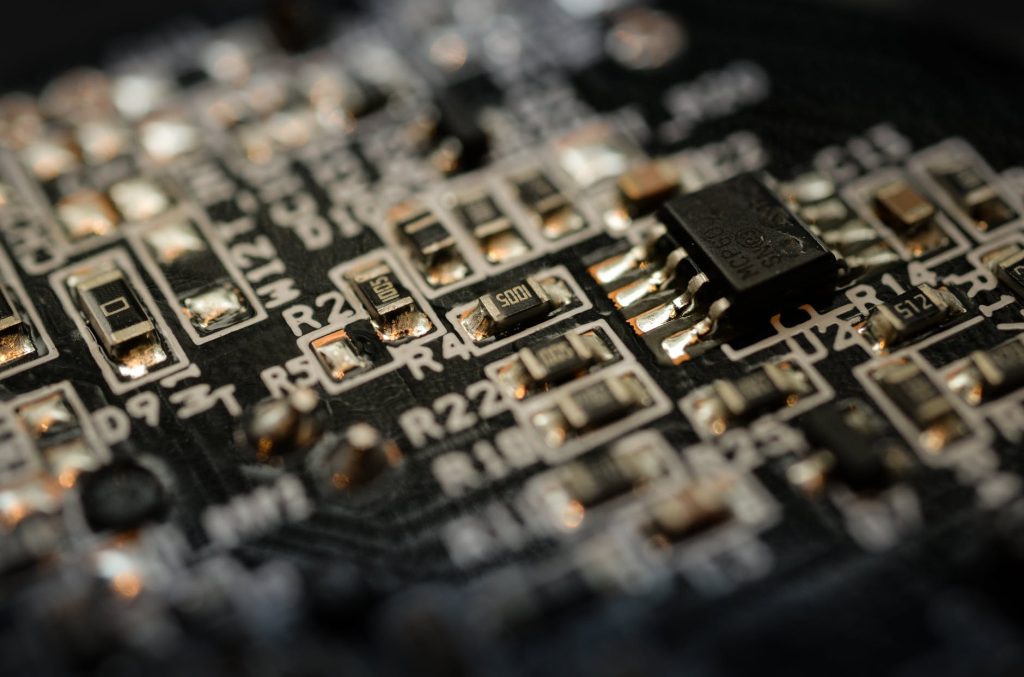How to Prepare Your Car for the Winter

Winter in the Black Hills is beautiful, but the weather can be unpredictable, bringing freezing temperatures, icy roads, and heavy snow. No one likes encountering car problems in these types of conditions. Winter can easily magnify pre-existing issues. It’s best to have your vehicle checked before the cold sets in and you find yourself stranded on the side of the road. Here are some tips or reminders to keep you and your vehicle safe during the winter months ahead.
Battery
Car batteries may struggle a bit more in the winter. No one likes waking up to a dead battery in the morning, so it’s a good idea to get your battery checked. Also, be sure to keep it clean by removing any buildup or grime on the battery terminals and cables.
Coolant
Clean, flush, and replace your coolant if needed. Check for any potential leaks. Doing so will prevent your engine from freezing or overheating in cold temperatures, and protect your cooling system from corrosion such as rust or scale formation.
Heating/Cooling Systems
Make sure your defrosters, heater, AND air conditioner are working correctly. The heat will keep you warm and prevent your windows from fogging up. Your A/C will also help with foggy windows by pulling moisture from the air.
Double-check your wiper blades and washer fluid. Cold weather washer fluid is beneficial in the winter. You should change your wiper blades every 6-12 months. Our parts department supplies genuine Motorcraft wipers if you’re due for a replacement. (P.S. Do not use your wiper blades as an ice-scraper!)
Lights
Regardless of the weather, you should ensure all of your lights are in working order. Replace broken or faulty bulbs. Wintertime brings shorter days; therefore we will be driving in the dark more often. If your lights are yellow or dull, switch them out, and opt for the brightest illumination possible. If they simply need a cleaning, contact our accessories department to schedule a headlight restoration appointment!
Tires
Consider investing in a good set of winter tires, as they truly make a difference. Winter tires will help with traction on cold or snow-covered pavement. Otherwise, make sure the tread on your tires is at least 5/32 inches. An easy way to check your tread is by placing a penny into the track. If you can see all of Abraham Lincoln’s head, your tread is too thin!
Keep an eye on your tire pressure as well. You will lose up to one pound per square inch of pressure with every 10-degree drop in air temperature. As a result, driving on tires with insufficient pressure can lead to premature wear and less traction.
Fuel
It’s a good idea to keep your gas tank at least half full at all times during the winter to impede moisture build-up, which could ultimately cause water to accumulate in your fuel system. Moreover, you don’t want to get stranded on the side of the road with an empty tank!
4X4 Fluids
Winter is transfer case season, being four-wheel drive is used more often in pickups and SUVs. Special gear oil is used to keep your transfer case lubricated and cooled. Keep your fluids in good shape to prevent transfer case and differential failures.
Emergency Kit
Accidents happen. Be prepared! Put together a winter emergency kit to keep in your car. Your kit could include items such as extra clothing, blankets, food, water, first-aid, a flashlight, jumper cables, road flares, a camping shovel, tow strap, ice scraper, bag of sand (traction), and anything else you may need. It’s also a good idea to keep your phone fully charged and even pack along a portable charger in case you need to call for help.
(Check out this article for more tips on putting together a winter car emergency kit!)
White’s Canyon Ford is Here For You
When it comes to your winter vehicle needs, White’s Canyon Ford is here to help. Whether you need preventative maintenance or a particular part or accessory, give us a call! If you’re in the market for a 4WD or AWD vehicle to better handle the elements, we have a great selection of new and pre-owned vehicles to choose from. Our dealership is dedicated to excellent customer service. Let us show you the difference between us and our competitors this winter! Above all, we hope you stay warm and safe this season.
The 2021 Chip Shortage: Explained

You’ve all heard of the worldwide chip shortage by now. Inventories are low, and prices are a bit higher than usual. We know you have questions: “What are these ‘chips?’” “Why do we need them?” “Will this shortage ever end?” Here’s what you need to know.
What are semiconductor chips and why do we need them?
Semiconductor chips are complex. They are “groups of circuits that run software, manipulate data, and control the functions of electronic devices. The arrangement of those circuits gives each chip its specific purpose,” an article from Bloomberg reads. They are not interchangeable between devices, like a phone and a car, for example. Our vehicles require chips for all their incredible technology features, such as safety and suspension systems, engine and transmission operations, touchscreens, key fobs – the list goes on.
Simpler vehicles will have a lesser amount of chips, while newer vehicles can have thousands. CNBC explains how a Ford Focus uses around 300 chips, whereas one of their electric vehicles can have up to 3,000. With the popularity of electric vehicles rising, and ever-advanced safety technology, the demand for semiconductor chips is much higher than the supply can handle.
Unsurprisingly, semiconductor chips are not easy to make. According to Bloomberg, “Manufacturing a chip typically takes more than three months and involves giant factories, dust-free rooms, multi-million-dollar machines, molten tin, and lasers.” These facilities take years to construct and cost billions of dollars. A market forecast by World Semiconductor Trade Statistics reveals that semiconductor chip sales increased by 6.8% in 2020 to $440 billion. In 2021, they expect sales to rise 19.7% to $527 billion, and in 2022, 8.8% to $573 billion. If the industry is growing this quickly, why is there a shortage?
How did this happen?
In short, COVID-19 is primarily to blame. During the early stages of the pandemic, people were forced to work and learn from home, causing the demand for personal electronics to skyrocket. 5G phones alone require a lot more computer chips than older models. Initially, this wasn’t a problem because car manufacturers were freeing up part of the supply. They were canceling orders due to shutdowns and anticipation of plummeting auto sales. We did not expect how quickly the demand for vehicles would rebound.
With zero-percent financing offers and the bettered ability for customers to shop at home, there was an incredible demand once the factories reopened. By canceling previous orders, car manufacturers were left at the back of the line for their needed chips. In addition, the supply chain is physically struggling to meet demand as many products are stuck on container ships, waiting long periods to be unloaded and transported. Labor shortages are further hindering the situation.
Other unforeseen factors have affected manufacturing, such as a drought in Taiwan and a factory fire in Japan. Cryptocurrency’s appetite for chips has also put pressure on the issue, as well as the US-China trade war. This tension caused companies in China to stockpile semiconductor chips, inflating prices even further. Domestic chip production has been a national priority for China since 2014, according to John VerWey’s paper: “Chinese Semiconductor Industrial Policy: Past and Present.” Many chipmaking companies existed in the United States, but most have shut down or outsourced to other firms, mainly in Asia.
Who is it affecting?
Clearly, the global chip shortage is affecting parties all up and down the chain. It’s causing pain to sub-suppliers (e.g., tire companies), sales, jobs, future production — the economy in general. Consumers are facing limited options for used vehicles or extended wait times on new vehicle orders. Car dealerships are stuck with empty lots. Thousands of newly assembled vehicles are sitting, waiting on chips in order to be shipped out. Some companies have cut back on production, prioritizing select models. Others are shipping vehicles out without certain features, such as wireless charging or start/stop technology. Ford Motor Company views the shortage as a learning experience and is looking toward a bright future. The Drive spoke with Ford CEO Jim Farley, who claims Ford has seen improvement since the second quarter. Furthermore, they have been preparing for other potential shortages, creating their own stockpiles of materials.
When will the chip shortage end?
Sadly, there is no definite answer. Existing chip factories are working around the clock, but it may take a while for new manufacturers to get up and running. The U.S. is pushing to facilitate production and development domestically, allocating tens of billions of dollars toward the cause, an article from the Washington Post explains. In its entirety, the situation is slowly getting better. However, it could take into 2022 or even 2023 to return to some sort of normalcy. Only time will tell.
White’s Canyon Ford is continuing to mitigate the situation by remaining patient and focusing on customer satisfaction. We understand the frustrations anyone in the market may have, and we’re always ready to help. If you want to take advantage of the current used car market, give us a call. We offer on-the-spot appraisals and immediate purchases – any make or model.





